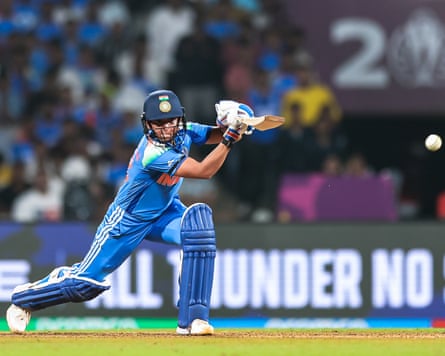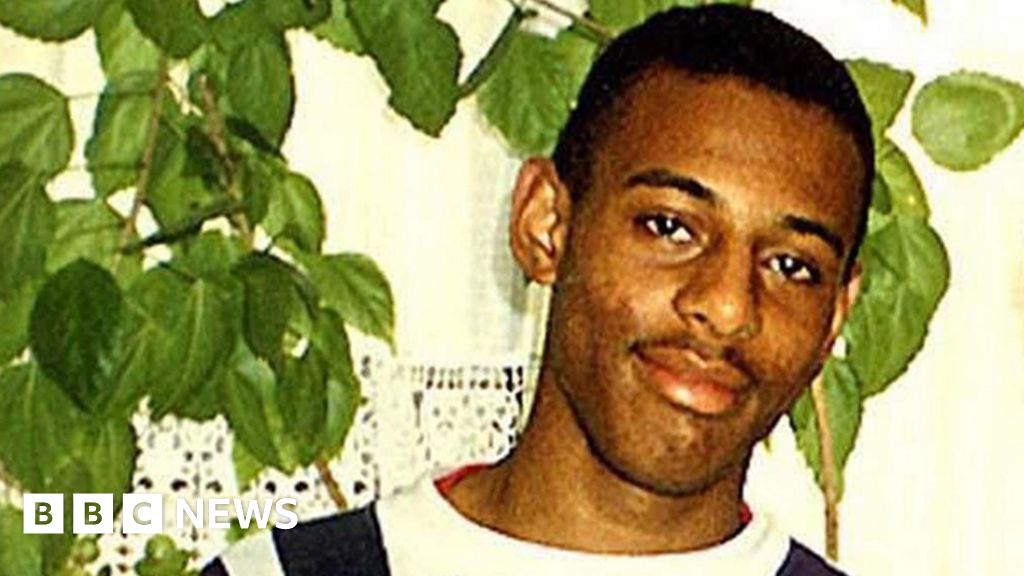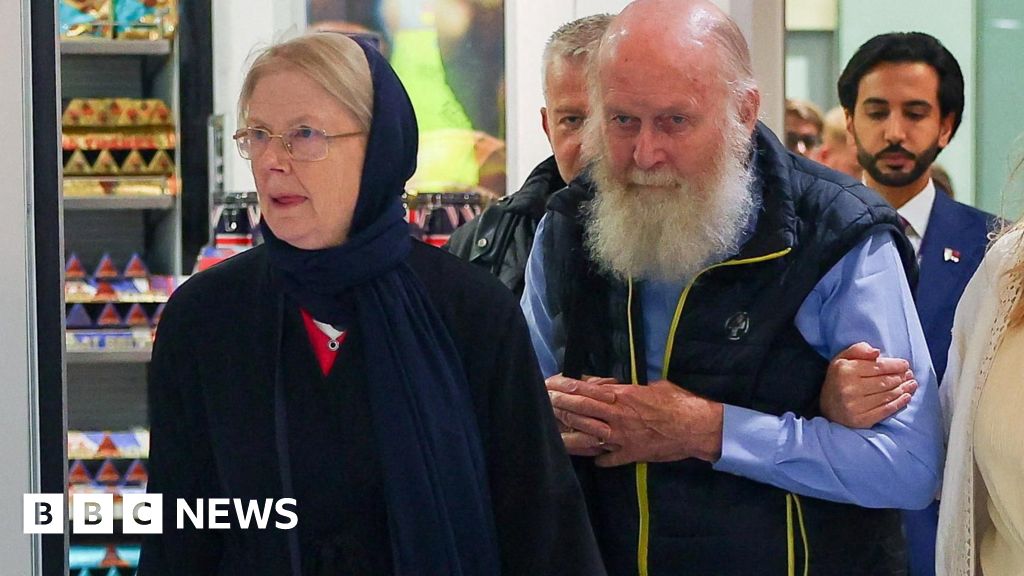If there was any better sight than India’s cricketers celebrating victory over Australia on Thursday, it was that of their supporters doing the same. For several hours, the nerves of the 35,000 spectators in Mumbai’s DY Patil Stadium – most wearing Indian blue – had jangled in sympathy. As the home team booked themselves into Sunday’s Cricket World Cup final, the TV cameras picked out the men and women in the stands caught up in the flood of delight and relief. It was more than a moment of triumph – it was a vision of solidarity.
But let’s leave the stands, now, and head to the city streets of Indore, the largest city in the state of Madhya Pradesh. It’s here that a pair of Australia players were sexually harassed as they walked from their hotel to a nearby cafe, the morning after last week’s game against England. They reported the incident, there was an immediate investigation, and a man was shortly arrested: a swift, proactive piece of police work. Which begged the question: how much interest would the authorities have shown if it had happened to anyone other than two high-profile, foreign athletes?
If you think this is a cynical take, consider the words of the state minister responsible for urban development in the region’s Bharatiya Janata Party (BJP) government. On Sunday Kailash Vijayvargiya told reporters the incident was “a lesson” for the players, who had not taken enough care and should have told someone before venturing out. In other words, the assault was essentially their fault – first, for being famous and attracting attention and second, for being on the street without someone to protect them.
Vijayvargiya’s victim-blaming spectacularly failed to acknowledge the harassment the Australian players faced is common to the experience of being a woman in India. But at least his message was consistent: Indian women, too, are largely expected to deal with the issue themselves, preferably pre-empting the problem by going out accompanied by a man. And so, the threat of intimidation or assault is factored into every woman’s thinking when she steps out in public. She doesn’t walk alone at night. She carries a safety pin on the bus. She walks from point A to point B, and never lingers along the way.
“This need to plot, plan and strategise has come to assume the proportions of a taken-for-granted life-world for all of us,” write Shilpa Ranade and Sameera Khan, co-authors with Shilpa Phadke of Why Loiter? Women and Risk on Mumbai’s Public Streets. Their book was published over a decade ago but the Why Loiter? campaign to reclaim public space continues, vital as ever. It is still rare to see women using public space for leisure activities: even jogging invites comment and unwanted attention. Women’s sport will generally take place in a structured setting, rather than friends mustering ad hoc in parks.
Even in those supposedly safe environments, a culture of male impunity has led to notorious abuses, from wrestling to gymnastics to hockey and, yes, cricket. The strength and conditioning coach Deckline Leitao has a YouTube video on working with female athletes with the satisfyingly blunt title “Learn to Behave!” that lays the problem bare: for instance, he has to remind coaches and physios that athletes are not wearing gym kit to impress or flirt, but for their own comfort. “Understand one thing,” says Leitao: “The bodies that are being built are not for you.”
As India’s most popular sport, cricket offers a forum to help change attitudes in the public and private sphere. Educating men is one opportunity it presents: so, too, is empowering women. When the Women’s Premier League (WPL) launched two years ago, I made a documentary about single women in women’s cricket. Being single is not easy in India, where marriage is considered the primary female goal, and where unmarried women can be shamed and stereotyped as sexually available and a threat to family life. The status and the salaries offered by cricket are allowing a generation of high-profile single women – from Harmanpreet Kaur to Harleen Deol – to model financial independence and life as a woman who is neither a mother nor a daughter-in-law.

Chandrakala Sharma, state coordinator for the Rajasthan Single Women’s Association, told me that in rural India even having a job is hard enough for a woman, let alone making her mark on the sports field. She described life for Indian women as an obstacle course they have to navigate their way through: “if they’re encouraged to play sports at an early age they will get the spirit to win,” said Sharma. “And when they succeed, society’s outlook will change as well.”
after newsletter promotion
That outlook still needs work, if the criticism India’s World Cup team have received is anything to go by (short version – there’s a lot of “stick to the kitchen” on social media). But Mithali Raj and Jhulan Goswami, both single in their 40s, have spoken about the cultural and societal expectations that create barriers for women in India, and the unusual freedom and independence that their sporting careers have afforded them. “Financially, emotionally, everything, I don’t have to depend on a man for anything,” Raj has said. “I can really stand up on my own.”
The growth of women’s cricket in India will not bring everyone the same professional opportunities. But it can give women purpose and confidence in public spaces – from village communities where women create themselves new roles and status to big cities, where the boom in box cricket offers new ways to take part. At this World Cup, women are dominating the stage not just as players, but as officials, support staff, commentators. And they are out in the stands, too.
.png)
 1 month ago
22
1 month ago
22

















































